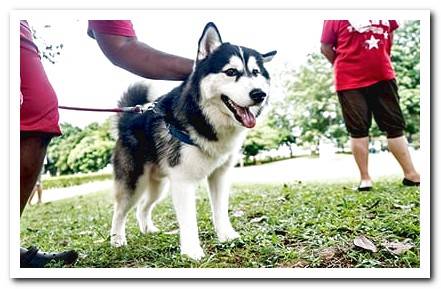
There are many ways to educate a dog and they are all feasible in the world of training. But experience over the years has shown us that some techniques are much safer and more beneficial than others, along with practices. We talked about how it couldn’t be any other way, to educate a dog using simply positive reinforcement techniques.
And contrary to what most people think, positive reinforcement is not simply rewarding the dog when it does something right. We will go over all the details of this education technique with included examples, to know how it should be put into practice.
Index of contents
- 1 What is positive reinforcement in dogs?
-
- 1.0.1 Examples of positive reinforcement
-
- 2 What should we do when the dog does not obey or does something wrong, negative reinforcement?
-
- 2.0.1 Examples of bad practices (negative reinforcement)
-
What is positive reinforcement in dogs?
It can be said that positive reinforcement is a set of concrete practices that occur during the education of a dog, obtaining mutual benefit. The dog gains affection, merit and awards as we progress with its training.
Positive reinforcement consists of petting, congratulating, prideing and rewarding our dog when he obeys our orders. For train a puppy or adult dog we must know beforehand how to do it, positive reinforcement is not enough when they do it well, however positive reinforcement is vital for the dog to learn correctly.

Examples of positive reinforcement
Assuming we have a dog named “Bobby” (it’s just an example), we can apply positive reinforcement with these examples:
- Bobby Come Here !: When Bobby comes, we’ll pet him while congratulating him on how well he’s done. Then we will give you a prize (biscuit, sausage, dog snak….) While we continue to congratulate you.
- Sit down Bobby !: When Bobby sits down we will congratulate him while petting him and then we will give him a prize.
As you can see with these examples of positive reinforcement, the technique is to transmit good vibrations when the dog obeys a command well. Caressing him, congratulating him, and giving him a prize is a must, as is keeping a very happy mood while we do it.
What should we do when the dog does not obey or does something wrong, negative reinforcement?
No, you should never apply negative reinforcement to a dog. We should not hit, belittle, or even scare a dog when it does something wrong, we should simply say “No!”.
Positive reinforcement consists of rewarding the dog when he does it well, but we must also be aware that if he does it badly we must make him understand. The dog must be told “No! (here the dog’s name) ”when he does something wrong and then just ignore it.
You should never apply aggressive techniques or those that instill fear, because that is not the correct way to do it, in any case, under any circumstances.
Examples of bad practices (negative reinforcement)
These are just a few examples of things you should never do with your puppy, really with anyone.
- The dog pees inside the house: NEVER scold him, look at him badly, hit him, or run his nose in his urine, just ignore him and think about the reason why he did that. Possibly he couldn’t hold it and just needed to have gone for a walk.
- The dog does not obey me when I give him an order: Dogs are not as smart as us (although I would bet that in many cases they are), so if a dog does not obey it is not because it is bad, but because we do not know how to teach it well . Never scold or hit him for not obeying you, just say “No!” if he is doing something wrong, or ignore it if he is just playing his own game….
- The dog has bitten me: You don’t know if it was playing, or an accident, or … but whatever it is, we should simply say “No!” so you know you’re doing it wrong. Educating him so that he does not bite is a separate task, that how could it be otherwise is our obligation.
